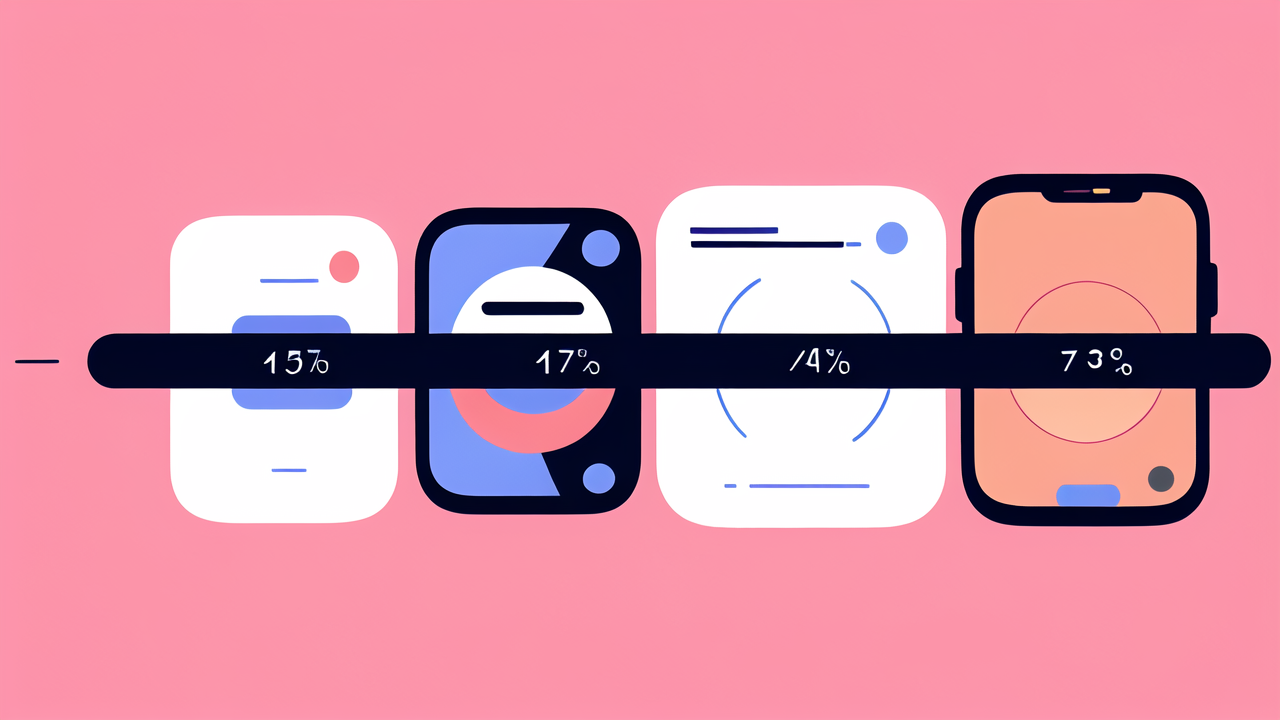Introduction to Smart Band and Wearable Clothing
The Evolution of Fitness Wearables
Fitness wearables have come a long way since their early days. They started as simple pedometers. Now, they're

advanced devices that can track various health metrics. Smart bands were among the first popular wearables. They
could count steps and monitor heart rate. Over time, they added more features like sleep tracking and GPS.
The next big leap was the integration of tech into clothing itself. This gave birth to wearable clothing. These
smart garments can do things traditional wearables can't. They can measure body metrics more accurately. They
also offer a more comfortable and seamless experience for users.
Integration of Technology in Fashion
The merger of technology and fashion has created a new category: tech-infused apparel. This isn't just about
adding gadgets to clothes. It's about reimagining how we interact with technology. Designers are now working
with tech experts to create stylish, functional smart clothing.
Some examples of this integration include:
- Shirts that can measure heart rate and breathing
- Shoes that track steps and analyze running form
- Jackets with built-in heating elements
- Pants that can measure muscle activity
These products show how tech can enhance traditional clothing items. They offer both style and functionality.
Impact on Consumer Behavior
The rise of wearable clothing is changing how consumers think about fitness and fashion. People are now looking
for clothes that do more than just cover their bodies. They want garments that can help them achieve their
fitness goals. This shift is affecting buying decisions in both the tech and fashion industries.
Consumers are becoming more data-driven in their fitness routines. They rely on the metrics provided by their
smart clothing to make decisions. This has led to a more personalized approach to fitness and health. People can
now tailor their workouts based on real-time data from their clothes.
Analyzing the Market: The Rise of Smart Band and Wearable Clothing in the United States
Key Market Players and Innovators
The U.S. market for smart bands and wearable clothing is growing rapidly. Several key players are driving this

growth. Some of the leading companies include:
- Fitbit: Known for its smart bands and watches
- Under Armour: Offers a range of smart clothing
- Nike: Produces tech-infused shoes and apparel
- Apple: Dominates the smartwatch market
- Hexoskin: Specializes in smart shirts for health monitoring
These companies are constantly innovating. They're pushing the boundaries of what's possible in wearable tech.
Smaller startups are also entering the market with novel ideas. This competition is driving rapid advancements
in the field.
Market Growth and Consumer Adoption Trends
The wearable tech market in the U.S. is experiencing significant growth. Smart bands were the initial drivers of
this trend. Now, wearable clothing is gaining traction. Here are some key trends:
- Increasing health consciousness is boosting demand for fitness wearables
- Younger consumers are more likely to adopt wearable tech
- There's growing interest in non-wrist wearables like smart clothing
- Integration with smartphones and other devices is becoming more seamless
- Consumers are showing interest in more specialized wearables for specific sports or activities
As the technology improves and prices become more accessible, adoption rates are likely to increase further.
Regulatory Environment and Industry Standards
The regulatory landscape for wearable tech is still evolving. As these devices collect more health data, they
face increased scrutiny. The FDA has started to provide guidelines for certain types of wearables. This is
especially true for those that make health claims.
Industry standards are also being developed. These aim to ensure:
- Data privacy and security
- Accuracy of health measurements
- Safety of materials used in smart clothing
- Interoperability between different devices and platforms
As the market matures, we can expect more comprehensive regulations and standards to emerge.
Future Directions for Wearable Fashion Tech
Innovations in Fabric and Design
The future of wearable clothing lies in advanced fabrics and innovative designs. Researchers are developing new

materials that can enhance the capabilities of smart clothing. Some exciting developments include:
- Conductive fabrics that can transmit data without wires
- Self-cleaning fabrics that repel dirt and sweat
- Shape-memory materials that can adapt to body temperature
- Fabrics that can harvest energy from body heat or movement
These innovations will make smart clothing more comfortable and functional. They'll also open up new
possibilities for what wearable tech can do.
Integration of AI and Machine Learning
Artificial intelligence and machine learning are set to revolutionize wearable clothing. These technologies can
analyze the vast amounts of data collected by smart garments. This will lead to more personalized insights and
recommendations. Some potential applications include:
- Predicting and preventing injuries based on movement patterns
- Optimizing workout routines in real-time
- Detecting early signs of health issues
- Providing personalized fashion recommendations based on body metrics
As AI becomes more sophisticated, wearable clothing will become smarter and more helpful to users.
Potential Challenges and Opportunities in the Industry
The wearable clothing industry faces several challenges as it grows. These include:
- Balancing functionality with style and comfort
- Ensuring data privacy and security
- Improving battery life and power management
- Making devices more durable and washable
- Reducing production costs to make products more accessible
However, these challenges also present opportunities for innovation. Companies that can solve these problems
will gain a competitive edge. The industry also has opportunities to expand into new markets. These include
healthcare, workplace safety, and professional sports.
As technology continues to advance, we can expect wearable clothing to become an integral part of our daily
lives. It will not only change how we approach fitness but also how we interact with technology in general. The
future of fashion is smart, and it's already here.




Leave a comment
This site is protected by hCaptcha and the hCaptcha Privacy Policy and Terms of Service apply.